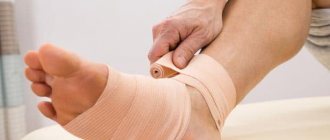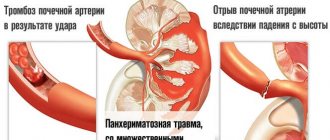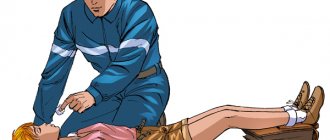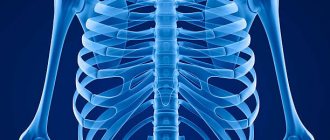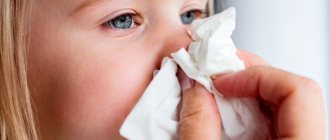Is a draft dangerous?
The idea that a “draft” can cause a cold is a typical myth. The only thing a directed flow of cold air is capable of is spasm of muscles and blood vessels in a specific place of the body, which sometimes leads to pain and temporary limitation of mobility. The effect is approximately the same as when riding a bicycle in the cold without gloves, when your hands begin to ache from the headwind. Otherwise, a stream of fresh air is completely safe. The same cannot be said about fighting drafts. In fact, regular ventilation of the room is one of the basic sanitary rules for reducing the risk of ARVI. The barrier to the virus is the mucous membrane that covers the respiratory tract, and in stuffy conditions it can become dry, making it easier for pathogens to enter the body. Of course, if they are in the room.
However, there are also suggestions that cold air can dry out the nasal mucosa, making the respiratory tract more vulnerable to the virus. But in an apartment with unregulated central heating, it is much easier to dry out the mucous membranes.
What are the signs of frostbite?
The first signs of frostbite are easy to miss. The skin temperature drops, it becomes pale, loses sensitivity, but a tingling or burning sensation may be felt. While a person is in the cold, it is very difficult to determine the extent of damage. It is determined after warming.
If the skin becomes warmer when warmed, and sensitivity is restored, this means that the cold injury is superficial. Pain and lack of sensitivity are characteristic of deep frostbite.
Based on the depth of injury, injuries are divided into four types. The first two are classified as superficial, the rest - deep. First degree frostbite affects the superficial layers of the skin. After warming up, pale skin may turn red or even become bluish, and after a while it may peel off. Within a week her condition returns to normal.
With a second-degree injury, blisters filled with fluid, most often light, form on the skin. After about a week they subside, and after another two to three weeks the skin is completely restored.
In the third degree, the blisters are often filled with pink or red liquid, and their bottom is blue-purple. After the dead tissue is sloughed off, wounds are formed. With the fourth degree of frostbite, the affected part of the body swells sharply, becomes dark, and gangrene may develop.
4. Treatment of hypothermia
The need for medical treatment of hypothermia depends on the severity of hypothermia. Treatment for mild hypothermia involves first getting out of the cold or damp environment and restoring body temperature with warm blankets, space heaters, heating pads, and hot water bottles. It is not recommended to immediately place a person with hypothermia in hot water. Such a radical measure is hard on the heart and can cause arrhythmia. In addition to external measures, you can give the person a warm drink. But it should not be alcohol or coffee.
Treatment for moderate to severe hypothermia usually occurs in a hospital, where doctors use special techniques to treat hypothermia and fever.
Frostbite: main risks
Most often, the feet suffer from cold, followed by the hands, followed by the nose, ears and cheeks. The body loses heat faster in cold water, or if a person is wearing wet clothes or shoes. The risk of frostbite is higher in strong winds and snowstorms, as well as in those who wear tight shoes or do not change body position for a long time. Vascular diseases, neuritis, previous frostbite, fatigue, exhaustion, hunger, and past infectious diseases also contribute to cold injury. People often get frostbite while intoxicated.

